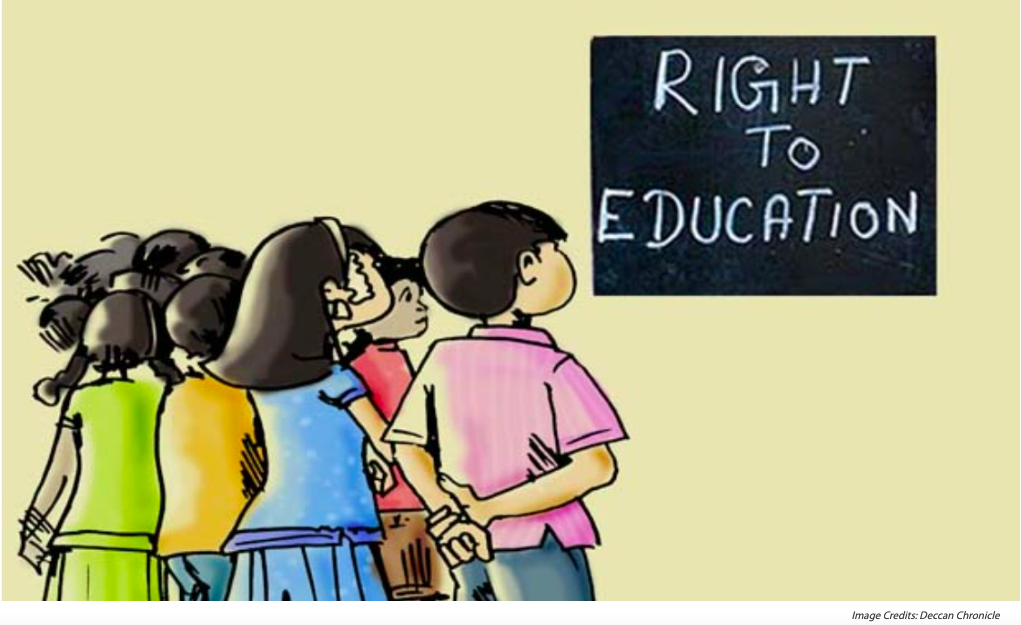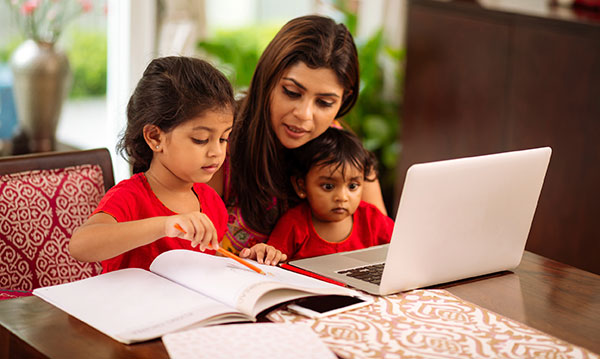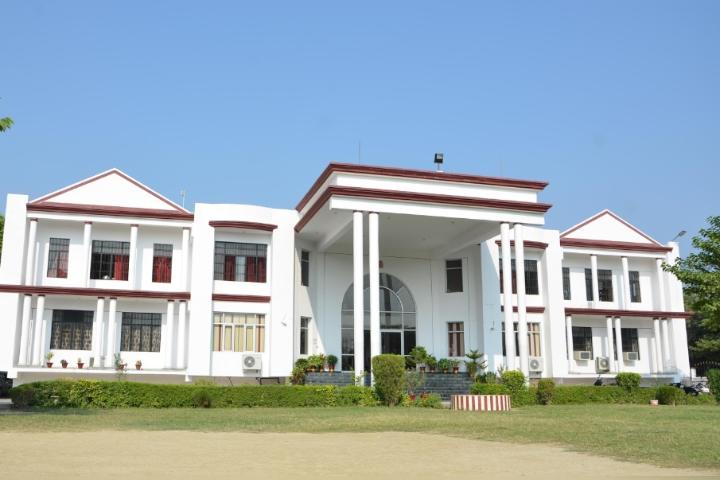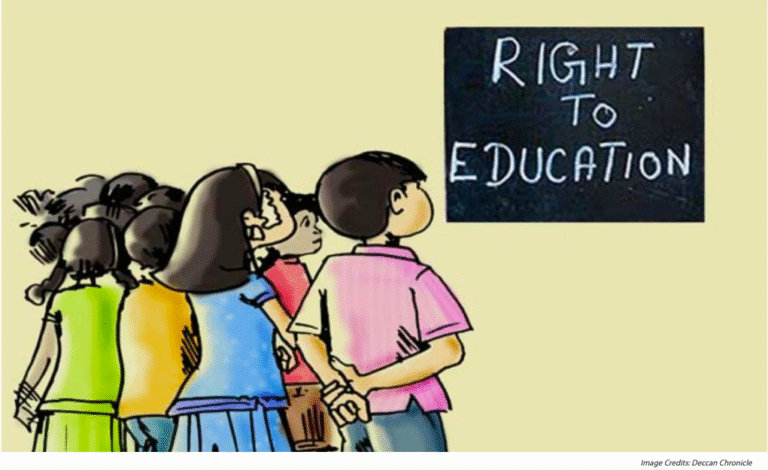
RTE Admissions Are Rising in U.P. – But Are Private Schools Getting the Support They Need?
In recent years, the Right to Education (RTE) Act has helped lakhs of children from economically weaker sections (EWS) get access to private school education in Uttar Pradesh. From just 54 children in 2013, over 1.85 lakh students were allotted RTE seats in 2025.
This is a positive sign. More parents are becoming aware. More children are getting the opportunity they deserve.
But behind this progress, a major issue still remains unsolved — the government’s reimbursement to private schools hasn’t changed in 12 years.
₹450 a Month for a Child’s Education — Is That Fair?
Yes, that’s right. Private schools in U.P. are still being paid only ₹5,400 per child per year, or ₹450 per month, for each RTE admission. This rate was fixed back in 2013, and has not been revised since then.
To compare:
- Delhi pays ₹26,800 per child/year
- Gujarat: ₹20,000
- Tamil Nadu: ₹12,000–₹15,700
- Uttarakhand: ₹18,311
- Maharashtra: ₹17,760
- Rajasthan: ₹14,141
Even states with smaller education budgets are paying more than U.P.
Why Schools Are Struggling
Running a private school comes with many expenses — qualified teachers, electricity, transport, teaching aids, digital learning tools, hygiene and safety, co-curricular activities, and more.
How can a school offer quality education at ₹450 per month, especially when the government itself spends much more on a student in its own schools?
Private school associations, education experts, and even former CBSE chairman Ashok Ganguly agree — this amount needs urgent revision.
The Reality on the Ground
This year, over 1.85 lakh seats were allotted under RTE in U.P., but only 1.06 lakh children actually got admitted. That means nearly 80,000 students are still waiting, even after completing all the required formalities.
In major districts like Lucknow, Kanpur, Agra, and Varanasi, admissions under RTE are still below 60%. In some areas, it’s even lower.
Some districts have performed well — Ballia, Bulandshahr, Saharanpur, and Shamli — thanks to early planning, better communication, and support from NGOs like RightWalk Foundation.
What Can the Government and Education Department Do?
If U.P. truly wants to strengthen the RTE system and improve trust between private schools and the government, here are practical, solution-oriented steps that should be taken:
1. Revise the Reimbursement Amount
- Match it with what the government spends on its own students.
- Suggested amount: ₹3,000–₹3,500 per month.
2. Ensure Only Eligible Students Get RTE Benefits
- Strict document verification.
- Digital checks to avoid misuse by ineligible families.
3. Release Payments on Time
- Create a fixed timeline for reimbursements.
- Use direct bank transfers to reduce delay and corruption.
4. Support Private Schools
- Provide training on RTE norms.
- Offer basic grants or material support (like books, benches, or uniforms).
- Appoint a nodal officer at the district level for quick grievance redressal.
5. Make the RTE Admission Process More Transparent
- Digitize applications fully.
- Let parents and schools track status online in real time.
6. Recognize Schools That Do Well
- Publicly appreciate schools that take RTE seriously and fulfill quotas.
- Give them preference in future schemes and partnerships.
7. Partner With NGOs for Awareness
- NGOs like RightWalk Foundation have already done commendable work.
- Encourage more partnerships to spread awareness in rural and urban slums.
In Conclusion
The RTE Act is a beautiful vision — equal education for all children, no matter what their background is.
But to make this vision work on the ground, we must treat private schools as partners, not just service providers.
Uttar Pradesh has shown that change is possible. The rising number of RTE admissions is proof. Now, it’s time to take the next bold step: Revise the reimbursement amount, protect the spirit of RTE, and build a stronger foundation for every child’s future.
Let’s make quality education not just a right on paper, but a reality in every classroom.






